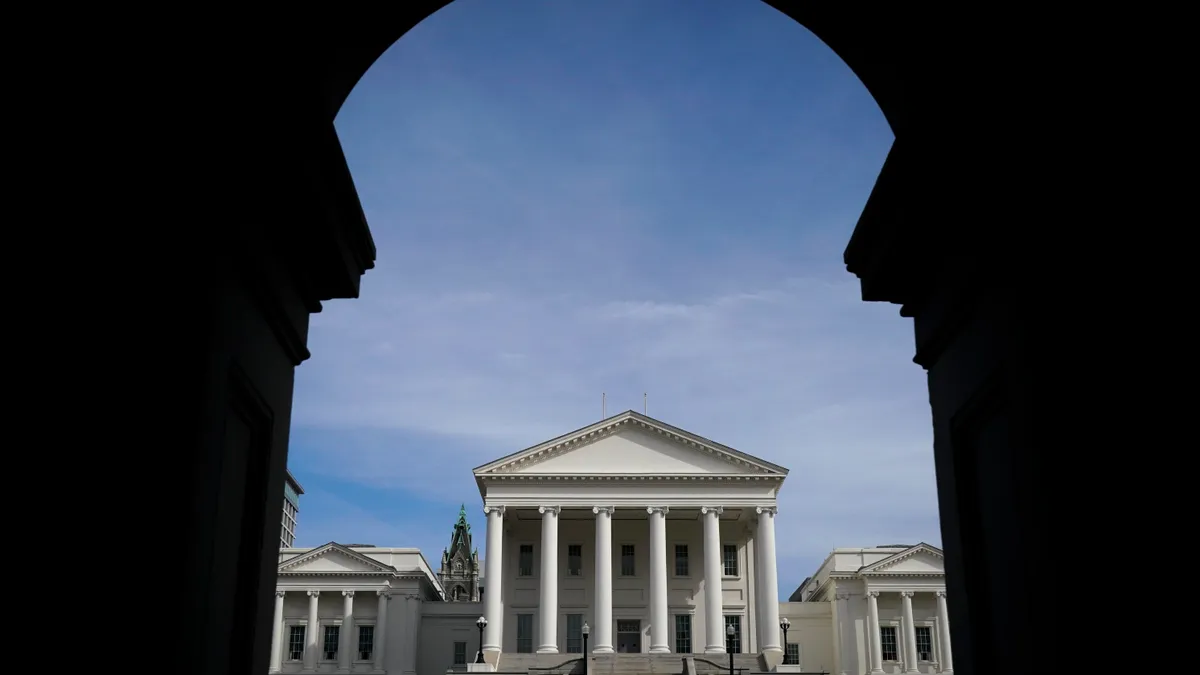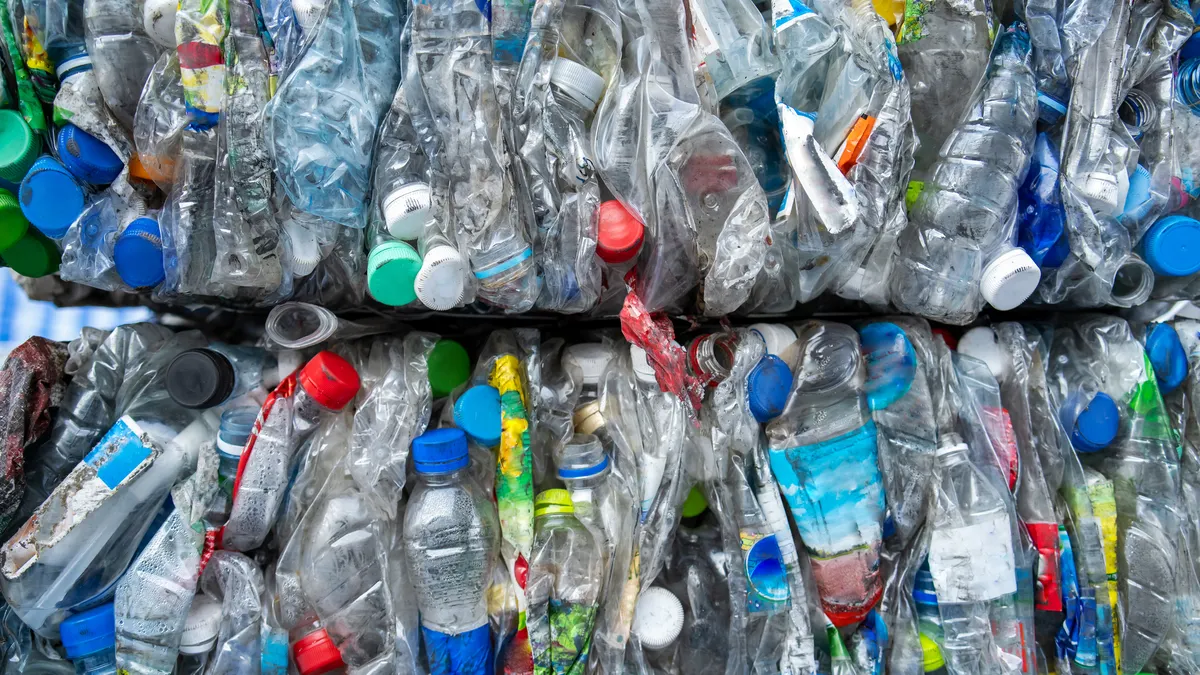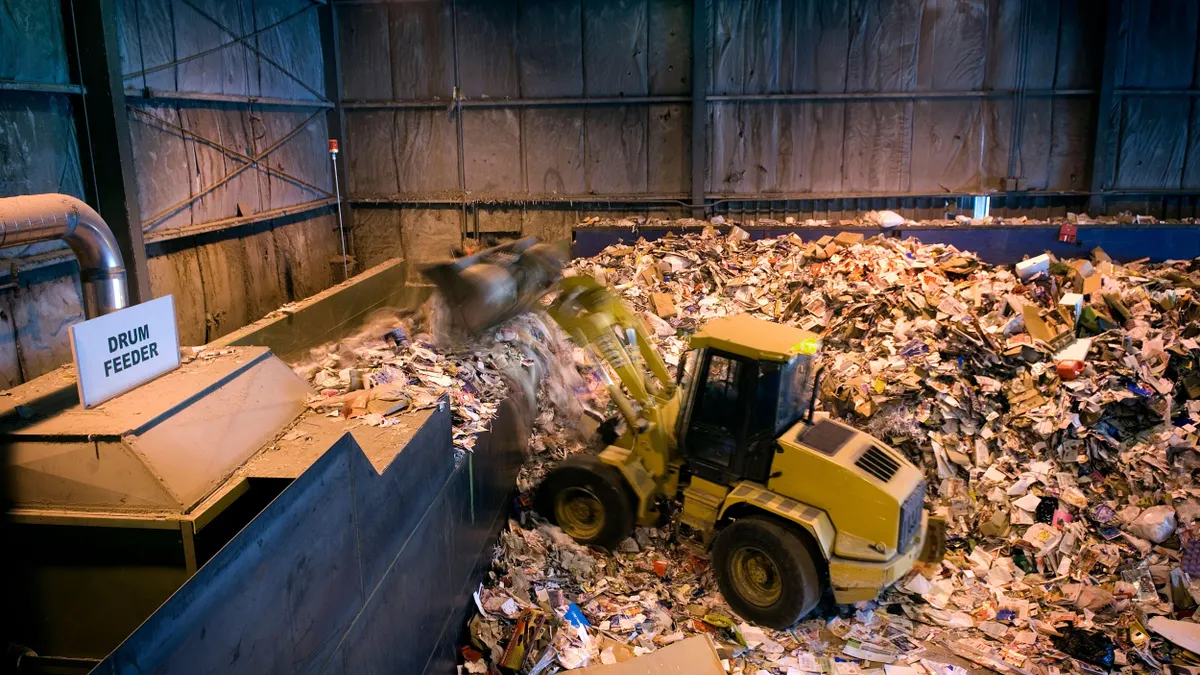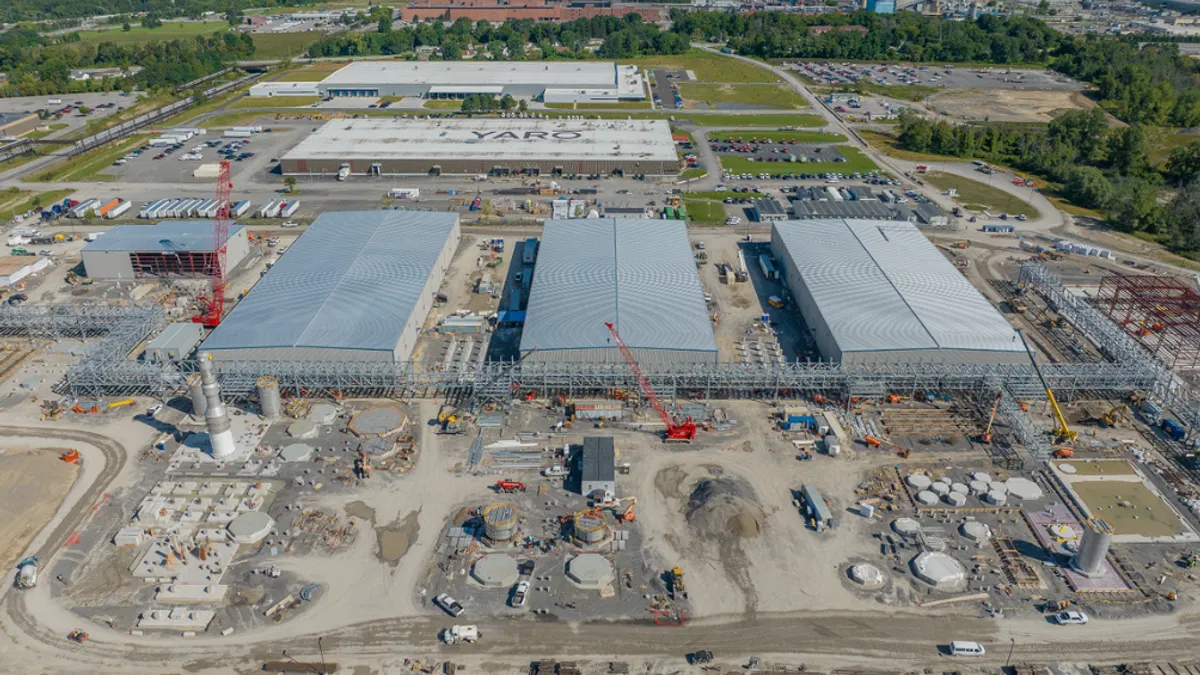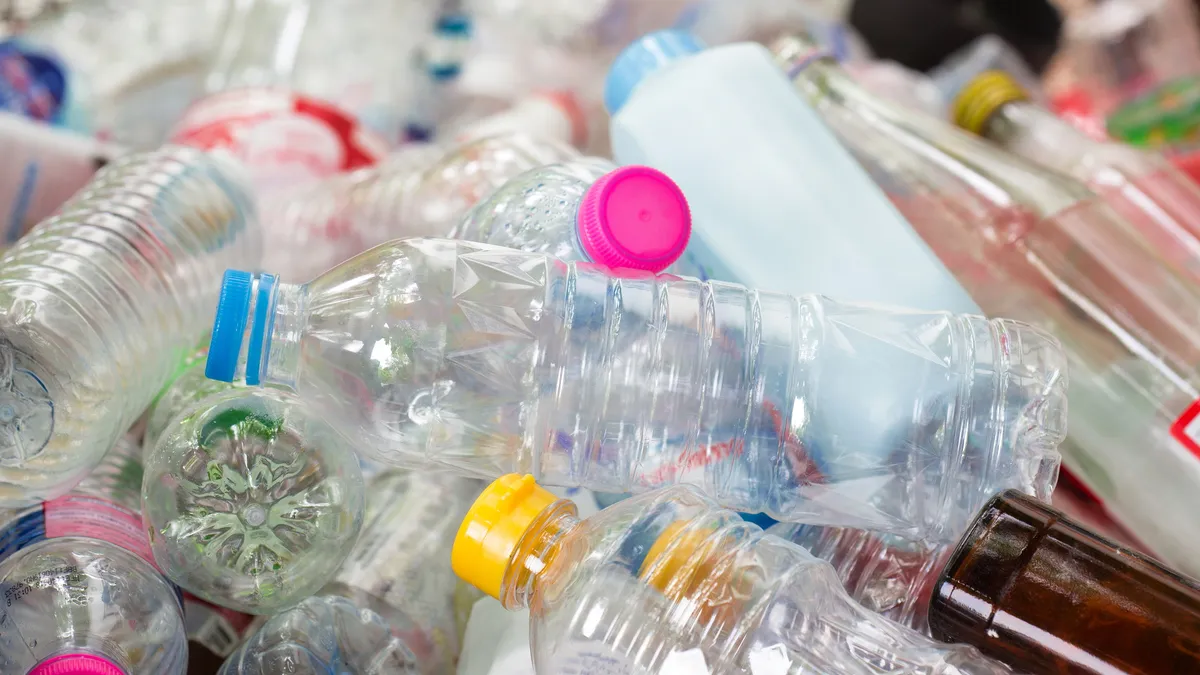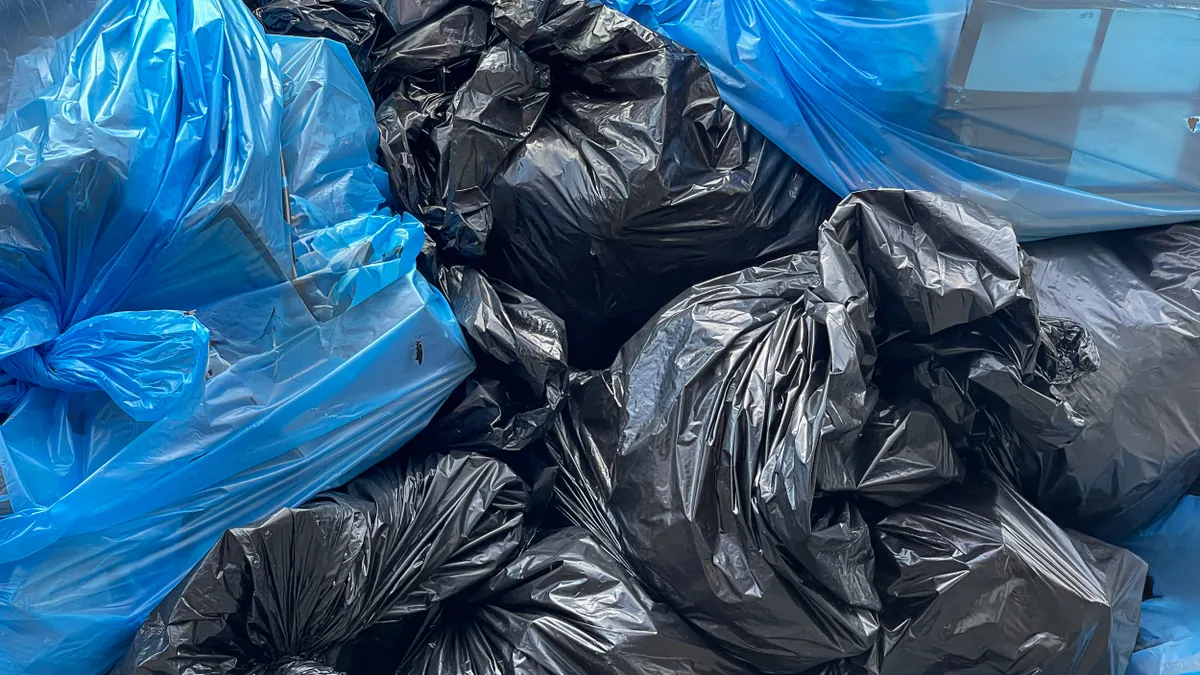A final report from Virginia’s Waste Diversion & Recycling Task Force recommends the Commonwealth invest more time and resources into collecting accurate waste and recycling data while also pursuing recycling business growth opportunities and assessing possible policy changes.
Virginia’s legislature directed the state’s Department of Environmental Quality in 2020 to create the task force to examine how the state could improve recycling, waste diversion and source reduction. The group, made up of waste and recycling organizations, business groups, government agencies and other stakeholders, submitted the final report in late 2022.
Some recommendations mirror larger conversations taking place across the country as states and localities want to improve their recycling systems but lack funding or other resources to make it happen. Federal lawmakers are pushing for better data collection around recycling but have not made much progress.
In its report, Virginia’s task force recommended numerous next steps, but cautioned that their advice is just a jumping-off point for the state to begin work.
“The need for further research and stakeholder input is indeed from the initial work of the task force,” said Tom Benevento, a member of the task force representing the Virginia Council on Environmental Justice.
Virginia must also consider how rural and low-income residents can benefit from future improvements to state systems and adjust certain programs and strategies accordingly, the report said.
“Virginia is very diverse in geography and demographics, and ‘one size fits all’ and ‘unfunded mandates’ are not realistic approaches to these challenges,” said Tad Phillips, chapter manager for the Virginia Waste Industries Association and a member of the task force.
Along with identifying strategies to improve recycling in the state, Gov. Glenn Youngkin also directed the task force to find ways to encourage new recycling industries to move to or open in Virginia. He vetoed a bill in April related to increasing waste fees, saying it would “increase the cost of doing business in Virginia.”
Numerous recommendations in the report focus on economic incentives, though the task force made clear that efforts to divert material from landfills and encourage recycled content will be the most effective ways to accomplish this. “The primary driver for companies locating in Virginia is evidence of a steady and sufficient supply of materials and markets,” the report states.
The task force asks state agencies to source more goods with higher recycled content and recommends the state establish a recycling business assistance center to help businesses connect to funding opportunities and market research. Tax incentives could be another strategy.
To further attract workers, a recycling workforce development program could help workers learn industry skills and gain heavy equipment and CDL operation certifications, it said.
Task force members also had several recommendations for infusing the state with more funding for recycling and diversion infrastructure. The report calls for creating a state trust that would help both public and private entities pay for capital expenses like containers and vehicles, processing equipment and facility improvements.
Virginia’s DEQ already has a series of litter prevention and recycling grants funded by an annual litter tax, as well as excise taxes for soft drinks, beer and wine coolers. The fund collected nearly $2.8 million in 2021, but “there is no shortage of grant requests for those funds.” The task force recommends making the litter tax proportional to business size and making maximum fees higher, since smaller stores currently pay the same annual fee as large big box stores, they said.
The task force says the state also needs more financial incentives to encourage food waste prevention and establish compost and anaerobic digestion facilities. One option might be to require food waste diversion by introducing legislation similar to California’s SB 1383 or Maryland’s HB 264.
Another major recommendation was asking DEQ to “explore” whether to adopt EPR for certain materials, saying there were advantages and disadvantages to adopting the policy. The report listed numerous “candidate wastes” that EPR could manage, including batteries, carpet, gas cylinders, pharmaceuticals and mattresses. It did not mention EPR for packaging, a type that has been gaining major attention since California, Colorado, Maine and Oregon passed such laws to manage paper and plastic packaging at end of life.
The task force also discussed the merits and drawbacks of adopting a bottle bill, but was unable to reach consensus on the issue.
Throughout the report, task force members stressed that “Virginia needs to evaluate its recycling infrastructure, measurement and reporting” and that its recommendations are not effective without better data collection to back up future decision-making. The task force requested it continue some of its work as more statewide recycling data becomes available.
“It was obvious to the group that a lack of relevant data was a barrier to making informed recommendations,” Phillips said.
For example, the state requires some solid waste facilities to collect data on the weight and volume of waste collected each year, but Phillips said Virginia’s current system does not include most MRFs. “This creates a gap in analyzing current material recovery rates” for recycled materials such as glass, he said.
Virginia’s 2020 average recycling rate was 45.5%, according to the report, but individual municipalities and agencies reported vastly different rates as low as 10% and as high as 96%. Virginia aims to mirror the U.S. EPA’s goal of a 50% recycling rate by 2030.



